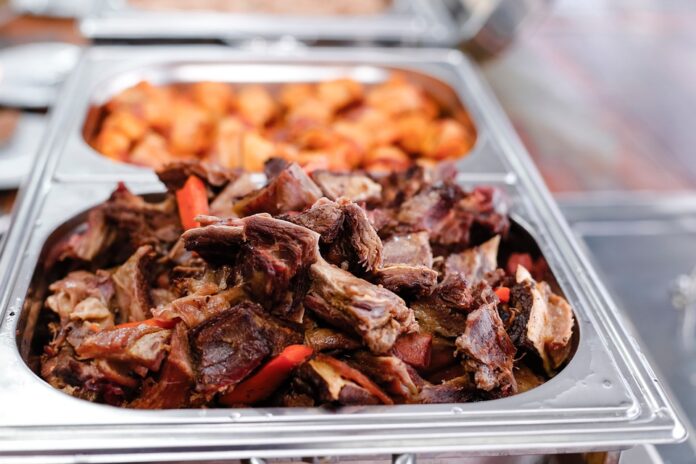The Impact of Inflation and Rising Ingredient Costs on the Barbecue Sauce Market
Introduction
In recent years, the barbecue sauce market has been facing significant challenges due to inflation and rising ingredient costs. These factors have had a profound impact on manufacturers, retailers, and consumers alike. In this report, we will explore the effects of inflation and rising ingredient costs on the barbecue sauce market, analyzing how these trends are shaping the industry and influencing purchasing decisions.
Current Market Trends
The barbecue sauce market is a highly competitive and dynamic industry, with numerous players vying for market share. According to data from Market Research Future, the global barbecue sauce market is projected to grow at a CAGR of 4.2% from 2021 to 2026. However, this growth is being hampered by the impact of inflation and rising ingredient costs.
Effects of Inflation
Inflation has been a major concern for the barbecue sauce market, as it has led to higher production costs and pricing pressures. Manufacturers are facing increased expenses for raw materials, packaging, and transportation, which are ultimately passed on to consumers in the form of higher prices. This has made it challenging for companies to maintain profit margins and stay competitive in the market.
Rising Ingredient Costs
Another significant factor affecting the barbecue sauce market is the rising costs of key ingredients. Ingredients such as tomatoes, vinegar, sugar, and spices have all seen price increases in recent years, putting additional strain on manufacturers. Rising ingredient costs have forced companies to either absorb the higher expenses or raise prices, both of which can impact their bottom line and market position.
Impact on Manufacturers
Manufacturers in the barbecue sauce market are feeling the squeeze from inflation and rising ingredient costs. Many companies are being forced to rethink their sourcing strategies, look for alternative ingredients, or negotiate better pricing with suppliers to mitigate the impact of these trends. Some manufacturers have also had to reduce product sizes or offerings to offset higher costs, which can affect consumer perception and loyalty.
Impact on Retailers
Retailers are also feeling the effects of inflation and rising ingredient costs in the barbecue sauce market. Higher prices from manufacturers can lead to reduced margins for retailers, making it challenging to maintain profitability. Some retailers may choose to pass on the higher costs to consumers, while others may absorb the expenses to remain competitive. This can create pricing discrepancies across different retailers and impact consumer purchasing decisions.
Impact on Consumers
For consumers, the impact of inflation and rising ingredient costs on the barbecue sauce market is most evident in higher prices at the grocery store. As manufacturers and retailers adjust their pricing to reflect increased costs, consumers may find themselves paying more for their favorite barbecue sauces. This can lead to changes in purchasing behavior, with some consumers opting for lower-priced alternatives or making their own barbecue sauce at home.
Future Outlook
Looking ahead, the barbecue sauce market is expected to continue facing challenges from inflation and rising ingredient costs. Manufacturers will need to find innovative solutions to manage expenses and maintain competitiveness in the market. Consumers may see a shift in product offerings, pricing strategies, and brand loyalty as companies navigate these challenging conditions. Ultimately, the impact of inflation and rising ingredient costs on the barbecue sauce market will continue to shape the industry for years to come.




